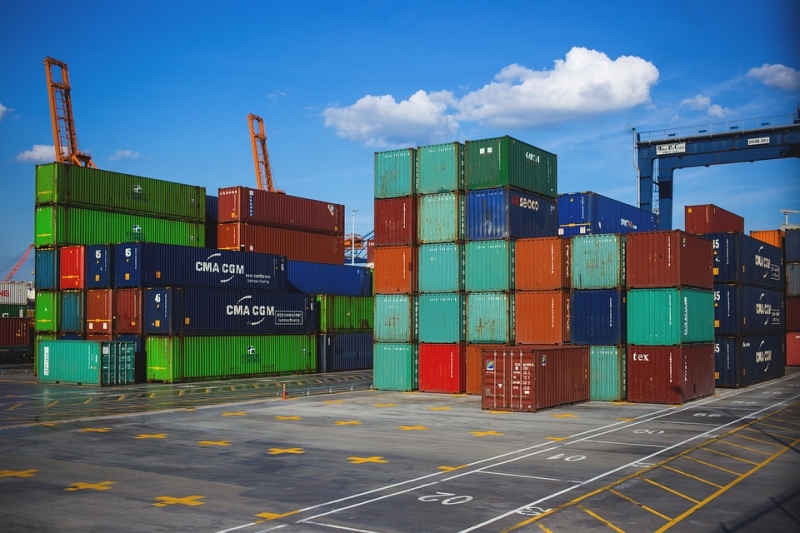When the Modern Slavery Act of 2015 went into effect in the United Kingdom, businesses were challenged to better understand their own supply chains. The Act applies to any commercial organization that does business in the United Kingdom (U.K.), and not just for its U.K.-based operations. The Act requires businesses with an annual turnover of more than £36 (USD $46.5) million to declare to the public their efforts to increase supply chain transparency and reduce the risk of environmental and social exploitation in their operations. Since the Act’s passage, there has been a marked increase in the urgency of efforts to improve Environmental and Social Governance (ESG) in businesses across all sectors. Despite this, research by the Chartered Institute of Procurement and Supply (CIPS) shows that over one-third of businesses covered by the Act are still not meeting the requirements.
Currently, businesses that fail to comply with the Act’s transparency statement requirements are not facing legislative consequences. However, the repercussions of a noncompliance event may soon intensify. This past July, the U.K. government commissioned an independent review of the Act, looking at ways to strengthen the legislation. The review, led by retired judge Baroness Butler-Sloss and Members of Parliament Frank Field and Maria Miller, could place new obligations on business leaders and put the spotlight back on supply chains. The review may introduce implications for noncompliance as well.
Supply Chain Risks: The Multiplier Effect
The impact of one piece of legislation enacted by a single country can influence sector expectations worldwide and raise the bar of what is seen as best practice in supply chain due diligence. But regulatory changes are not the sole reason behind the increased focus on supply chains. Reputational risk and business continuity are also driving the emphasis on environmental and social issues like modern slavery, health and safety breaches, and pollution. For example, a supplier may be fined for violating an environmental law following a spill incident. But if the media picks up the event, or if it is included in a nongovernmental organization report, the risks could be compounded up the supply chain, negatively impacting the reputation, share price, and profit of well-known brands doing business with that supplier.
 The same goes for acquisitions and mergers. Some say a problem shared is a problem halved, but combining forces with an organization that has weak supply chain governance and practices that are not in line with others in the sector could potentially leave both businesses vulnerable.
The same goes for acquisitions and mergers. Some say a problem shared is a problem halved, but combining forces with an organization that has weak supply chain governance and practices that are not in line with others in the sector could potentially leave both businesses vulnerable.
The answer lies in asking the right questions.
Like supply chains themselves, tackling social and environmental issues is inherently complex. In our experience across various sectors and industries as part of our ESG and Due Diligence work streams, we realized the key to reducing risk is to first identify where potential risks are likely to be. This enables more effective prioritization and focusing of resources. Audits can help organizations gather information on suppliers and their practices and systems of governance. However, the extent to which existing supplier assessments consider environmental and social issues may vary considerably. In some industries, it may also be difficult to gain an aggregated, holistic view of risk through audits alone, as supplier risk can vary from site to site and could be linked and shared across partner organizations and parent companies. Nevertheless, understanding these inter-relationships is a key first step in effective risk management.
Some of the most successful risk assessment programs involve taking a broader look at the outcomes from supplier audits and mapping exercises and then asking, “so what?” Posing this question should trigger internal evaluations of how certain risks could collectively comprise a threat to the business and help prioritize appropriate actions. It should also help encourage the use of the outcomes in purchasing decisions and ultimately support the decision of whether a supply relationship should continue or not.
Tackling these complex problems can often be difficult to plan for, as frequently the solution will not be a simple hard engineering fix. It will require time, senior leadership, and often support for suppliers that need to go through cultural and behavioral changes. But creating a strong foundation of systems, processes, and due diligence can lead to a culture of trust where supply chain transparency statements could eventually write themselves.
Recent changes in legislation may be the catalyst driving increased transparency and addressing social and environmental exploitation in supply chains. By having the right processes in place, businesses can seamlessly reap the benefits of transparency and improve their partnerships with suppliers, ultimately reducing the risks to profit and reputation.

